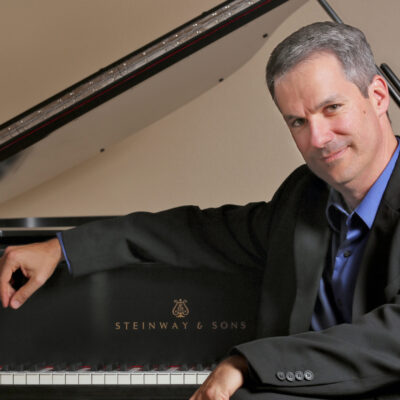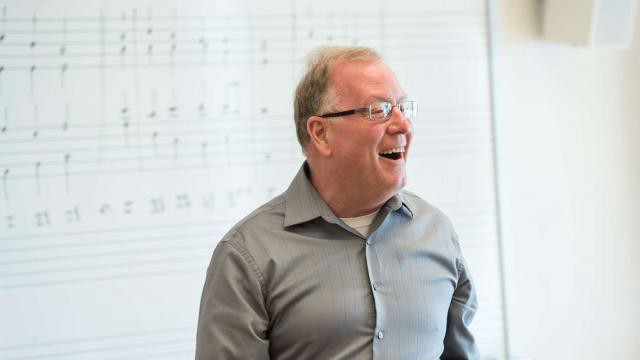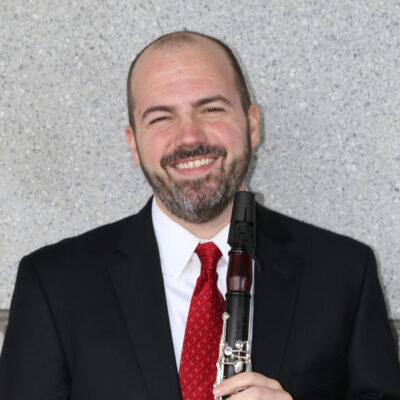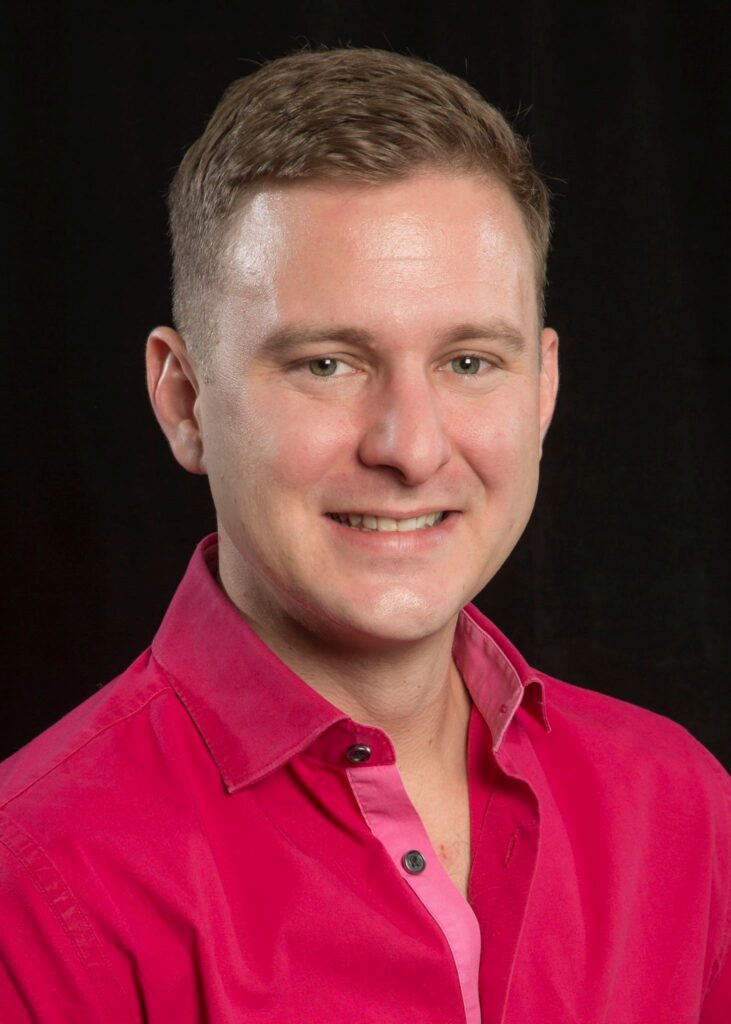
New York Times music critic Olin Downes described the opening passage of Gershwin’s Rhapsody in Blue as “an outrageous cadenza of the clarinet” after the piece’s premiere in 1924. 100 years later, this passage is considered an iconic orchestral excerpt for professional and amateur clarinetists alike. We talked to California Symphony principal clarinetist Cory Tiffin about his history with the piece ahead of his solo in GERSHWIN IN NEW YORK.
Tell us a little about yourself.
I grew up in the Greater Chicago area and attended DePaul University. Before moving to the Bay Area with my family 4 years ago, I lived my entire adult life in the city of Chicago.
We understand you have a long history with the Gershwin piece. Can you tell us more?
An instructor from ISYM (Illinois Summer Youth Music) camp that I attended between seventh and eighth grade demonstrated the “smeared gliss”, and the whole class thought it was cool. The teacher explained it would take a year to learn. I decided then and there I would spend the time it took to learn it.
I remember practicing A LOT over the summer, at my grandma’s on vacation, in the practice rooms at HS…until it clicked. And with that, I unwittingly learned my first orchestral excerpt just because I wanted to know how to create the smeared glissando sound.
I learned it in 9 months vs the 12 my teacher said it would take.
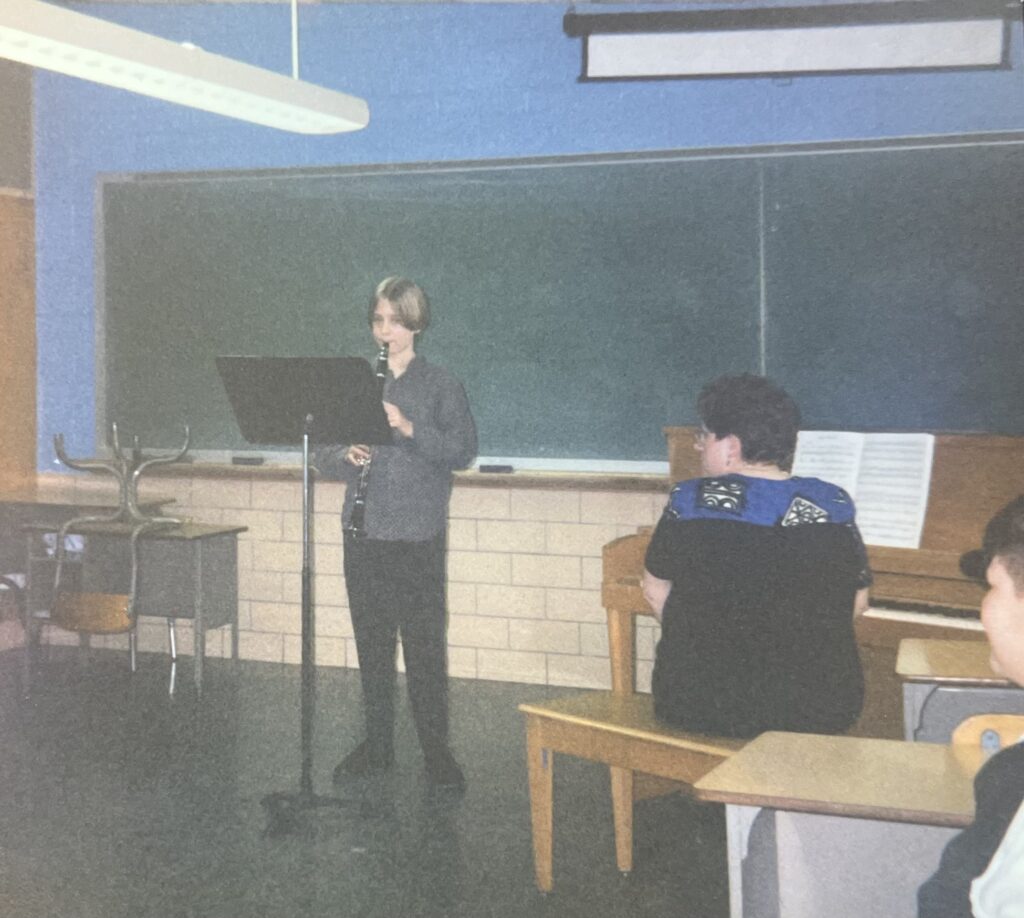
What is special about this piece?
This piece somehow captures the spirit of the time it was written yet remains timeless, it is at home amongst the great piano concerti of the canon yet quintessentially American, and, most importantly, it is a deeply moving and inspiring work that is always a joy to play or hear. On a personal level, my first time playing this piece was with Donato conducting the Green Bay Symphony in 2010! I was the principal clarinet at the time, and he was a candidate for Music Director; it was there and then that we first met.
Is it hard to play? If so, why?
The iconic opening solo is always a little risky insofar as a “smeared glissando” isn’t exactly stable terrain, but once you’ve got it in your repertoire, it feels pretty comfortable. That could be applicable to the piece as a whole, in fact. At this point, I have played the work enough times that it’s like visiting an old friend.
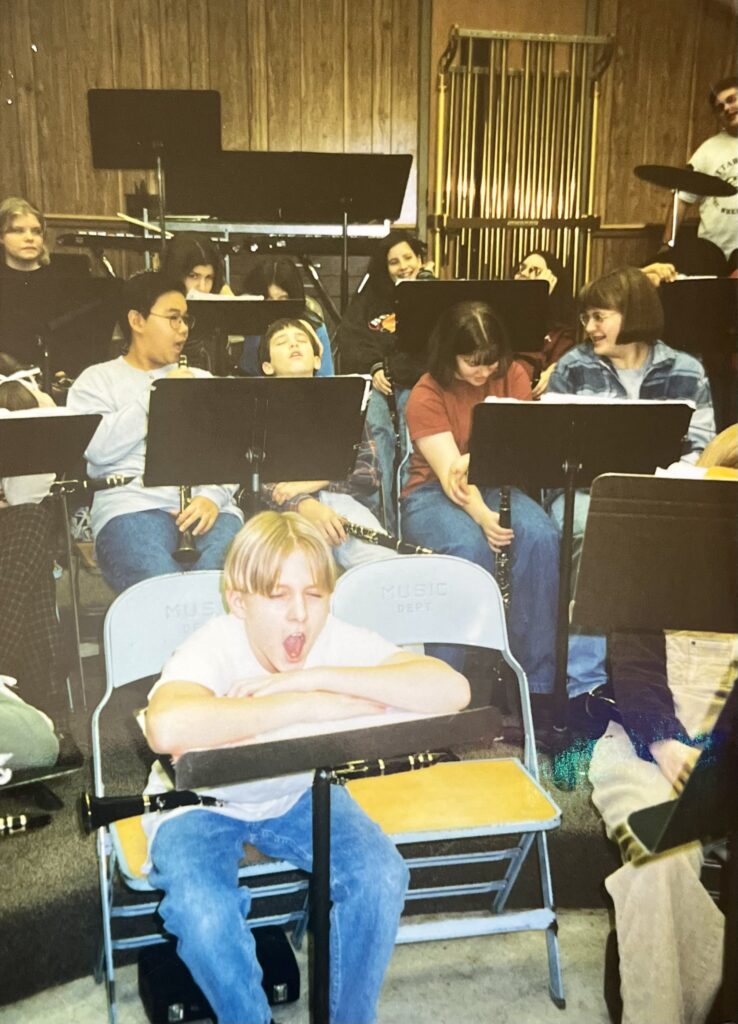
This version of “Rhapsody in Blue” with the Marcus Roberts Trio leans into the jazz spirit of improvisation. Will you also be improvising with “the lick”?
Having played with Marcus Roberts Trio before (Gershwin Concerto in F) with the Chicago Philharmonic, I am very excited to hear what they do with this seminal work. I mostly stick to the ink so as not to throw off my colleagues, but there is always some room to play around and be in the moment with the clarinet solos in this piece. Part of what makes it fun is that you can take some liberties and add embellishments!
Any message to our patrons attending GERSHWIN IN NEW YORK
How lucky we are to be able to explore Barber’s First Symphony. The Chicago Symphony was programming quite a lot of Barber when I moved to town for school in the early aughts, and it was then that I discovered this underrated American composer. A contemporary of Copland and Gershwin, his music is every bit as deserving to be performed and enjoyed as part of the 20th century American repertoire, albeit somewhat lesser known.
See Cory in action on Gershwin’s Rhapsody in Blue at GERSHWIN IN NEW YORK, Saturday, January 27 at 7:30 p.m. and Sunday, January 28 at 4 p.m. at the Lesher Center for the Arts in Walnut Creek. Tickets are $45 to $90 and $20 for students 25 and under, and include a free 30-minute pre-concert talk starting one hour before the performance. Buy tickets online or call or visit the Lesher Center Ticket Office at 925.943.7469, Wed – Sun, 12:00 noon to 6:00 p.m.

